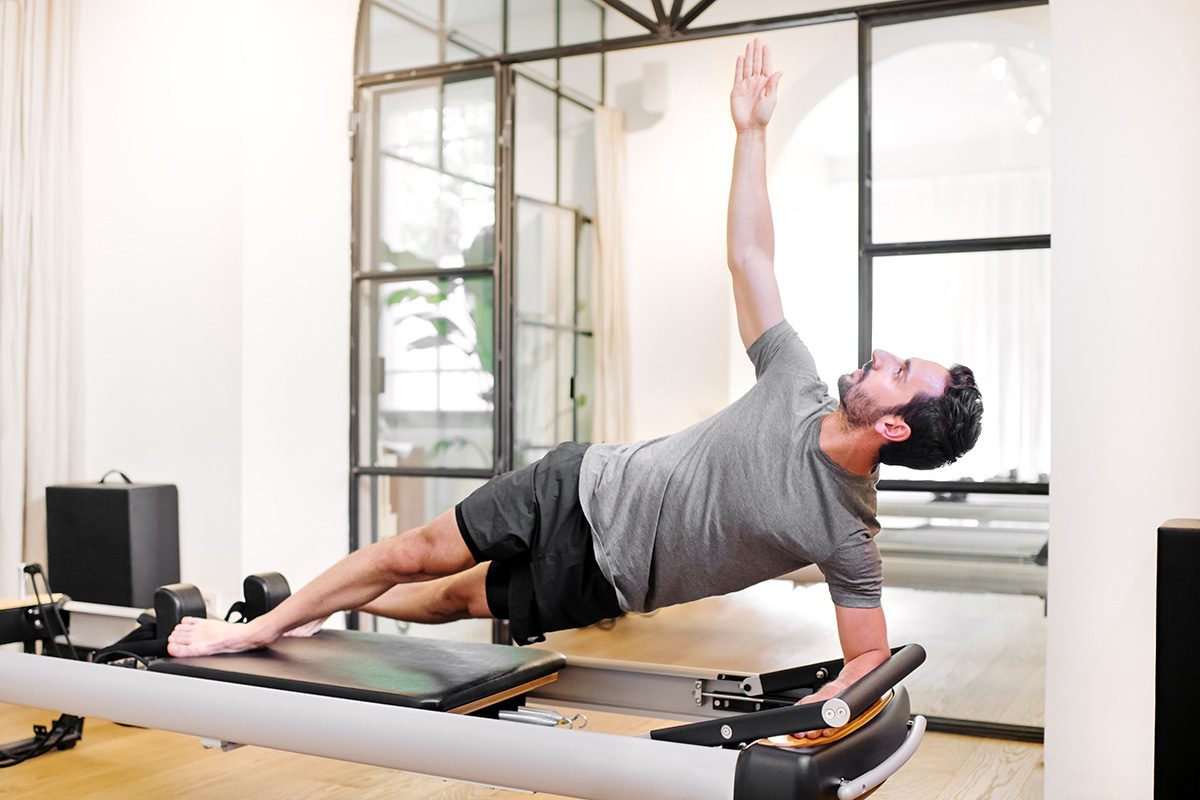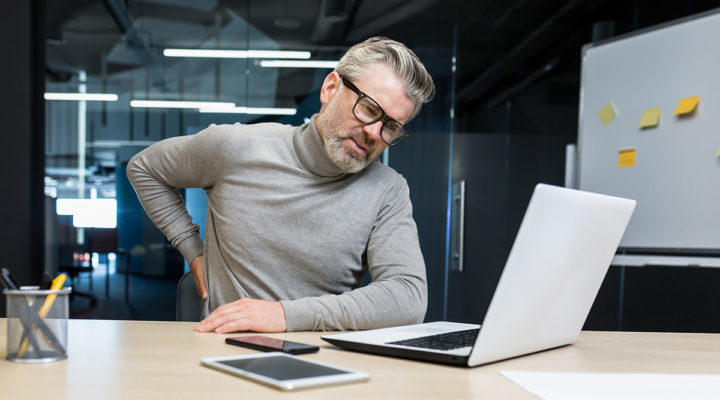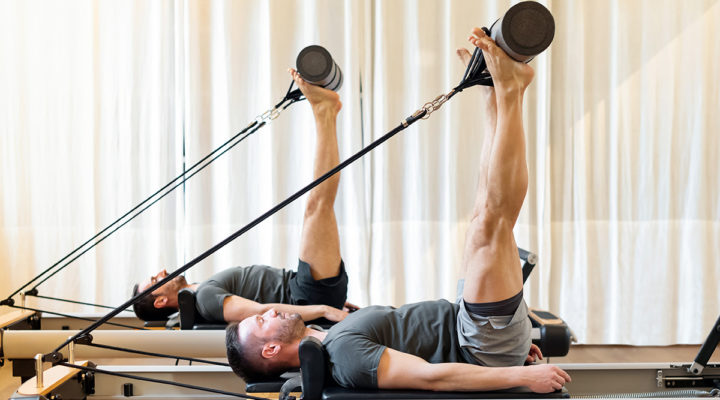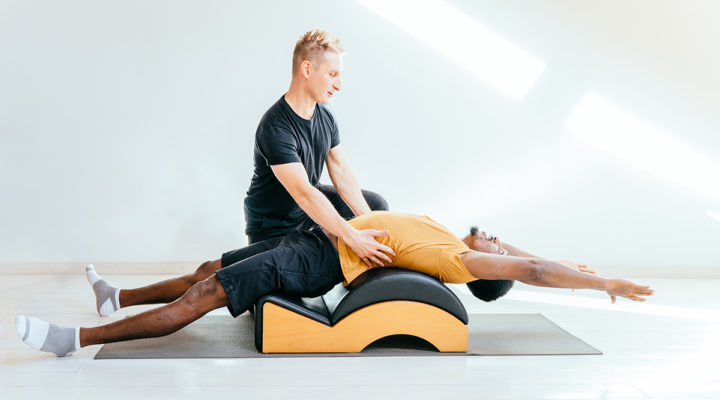Want to Get Stronger This Year? Why Men Should Cross-Train With Pilates

What do Cristiano Ronaldo, Tiger Woods and Lebron James all have in common? Apart from being some of the greatest sporting legends of all time, they all cross-train with a secret workout weapon: Pilates.
If you want to build a leaner and stronger body, it’s not just about the amount of weight you bench press in the gym. You also need to build strength in your mobility, so you can avoid injury and lift more efficiently. Pilates can help to get you there, and it’s also a killer workout in its own right, mixing breathwork, strength, balance, coordination and flexibility.
There are many misconceptions about Pilates, mainly that it’s a discipline exclusively for women who want to achieve ballerina-like proportions.
The truth is that Pilates targets every area of your body, so it’s no surprise that a growing number of men are giving it a go. With Pilates trending on TikTok right now (the hashtag #Pilates has over 3.6 billion views), we asked a trainer to share some of the key reasons guys should jump on the hype.

1. It helps to correct bad posture
Our bodies were built to move, yet an increasing number of us spend our days sitting at a desk for prolonged periods. Not only does poor posture put you at higher risk of injuries in the weights room, but hunching over a keyboard can cause neck and back pain, muscle stiffness and a loss of mobility.
“Pilates helps to nurture your posture into better alignment by strengthening your core muscles that ‘lift’ you up,” says Emily Rutherwood, Pilates trainer at FS8. It does this by engaging the abdominals, back and pelvic floor muscles through exercises like pelvic curls and roll-ups. A stronger core will also improve stability and protect your back during heavy lifting.

2. It helps to build the muscle that we often neglect
If you’ve avoided Pilates classes because you thought it wouldn’t challenge you like a session in the weight room, think again. “Lots of men tend to focus on strength training and weightlifting to see results in building muscle,” says Rutherford. “Pilates uses micro-movements to target the tiny internal muscles often neglected in other workouts, without putting pressure on the joints.” This gives you greater command of the muscles, making it the perfect compliment to heavy lifting.
It may look easier than high-impact alternatives, but the method challenges the smaller stabilising muscles such as the transverse abs, erector spinae (aka the lower back) and the glutes. Whether executed on a mat or reformer, expect to feel a major post-workout burn in the days following. “Pilates works the entire body, so it builds muscle in places that other workouts would ignore,” adds Rutherford.
3. It’s good for your mental health
Mental health statistics show that over a third of men (35%) think they’ve had a diagnosable mental health condition at some point in their life. There are many reasons why regular exercise is good for your physical health, but studies have shown that it’s effective at reducing depression and anxiety too.
While all movement is good for boosting your mood, high-intensity workouts might not be great if you’re going through a stressful time. This is because hard and fast gym sessions can spike your levels of the stress hormone cortisol and exacerbate pre-existing cortisol imbalances, leading to burnout.
“Pilates allows you to slow down and focus on your breathing, which can help to reduce stress and increase overall mental clarity,” notes Rutherford.
4. It strengthens your pelvic floor
The pelvic floor muscles span the bottom of the pelvis and support the bladder and bowel. Kegel exercises in Pilates can help to strengthen these muscles, which also affect sexual function in men.
“Pelvic floor work is a huge benefit of Pilates that isn’t spoken about often enough,” affirms Rutherford. When the pelvic floor muscles are strong, they help prevent a weak bladder. In everyday life, they can easily be weakened by heavy lifting, high-impact exercise, being overweight and undergoing bladder surgery.

5. It’s useful for rehabilitation
Not only does incorporating Pilates into your workout routine help you to ward off injury, but it can also get you back on your feet faster when you’re in recovery.
Unlike other methods, Pilates is all about slow and controlled movements. The discipline offers a whole range of muscle-strengthening exercises that can be great for rehab, particularly if you’re looking for a low-impact alternative to HIIT or weight training.
Whether you book a class on a mat using body weight as resistance or try a reformer machine, you won’t want to sleep on this 2023 fitness trend.


















